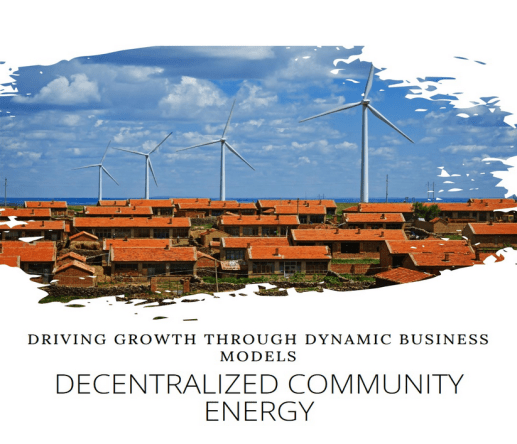
The Energy Transition is probably the most challenging undertaking we need to take in a short time frame of thirty years. to give our planet the chance to regain balance for us to live in and protect what we have.
To get there, we will need to chase a crazy pursuit of existing, competing businesses, all vested in how we do things, to gain their attention and convince them of a sense of urgency and need for a rapid change from the existing to a preferred, based more on renewables, as our principle source of energy.
Equally, I need to undertake a more focused approach. I have recently revamped my thinking towards the Energy Transition. Click on the tabs within this posting and website to understand the changes that need to be undertaken centred on innovation as central to this.
Different companies have different understandings of the changing energy ecosystem; some are narrow in their views and very focused on their business, others seek to break out and become more recognized, while others still want to be seen as leading. What and how do you pitch to each?
Continue reading







